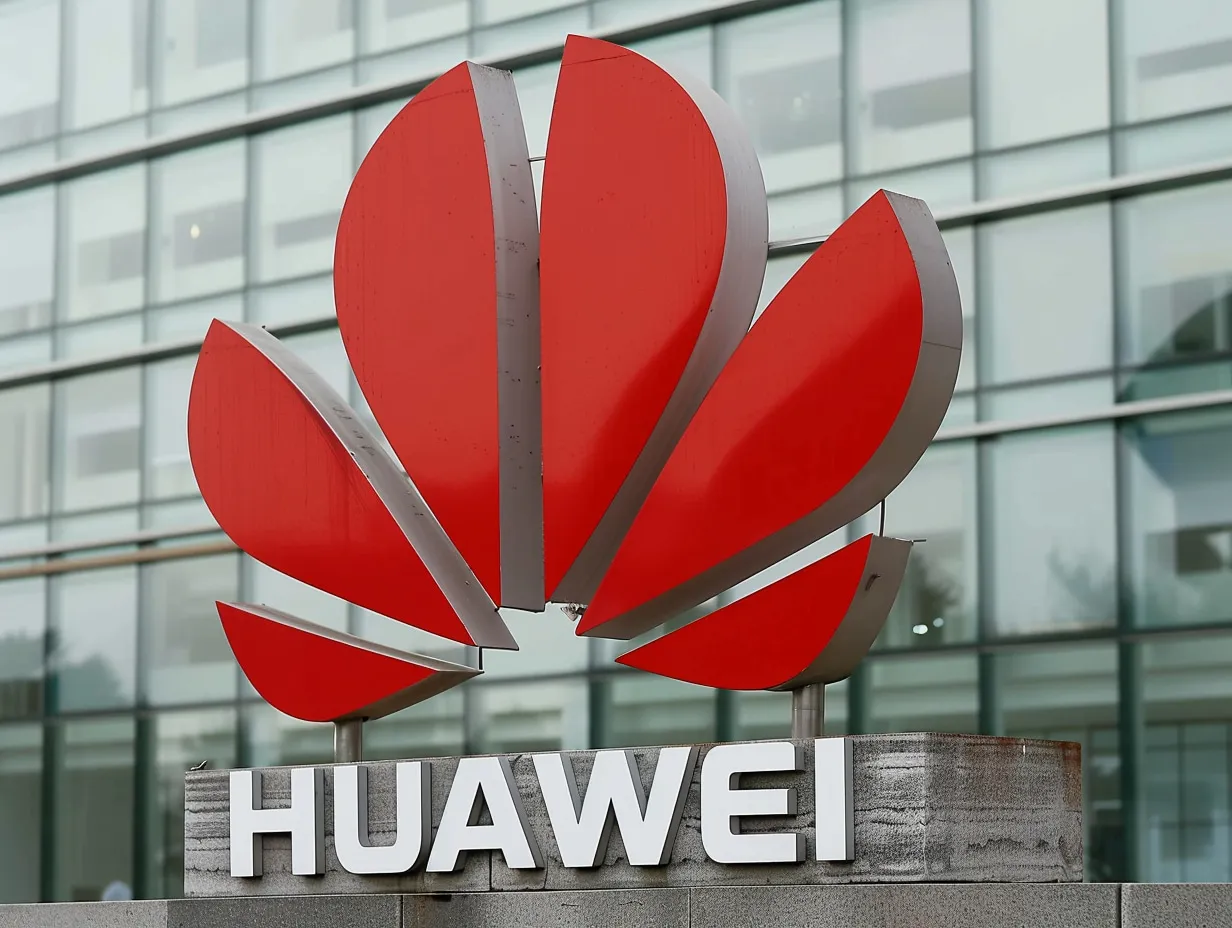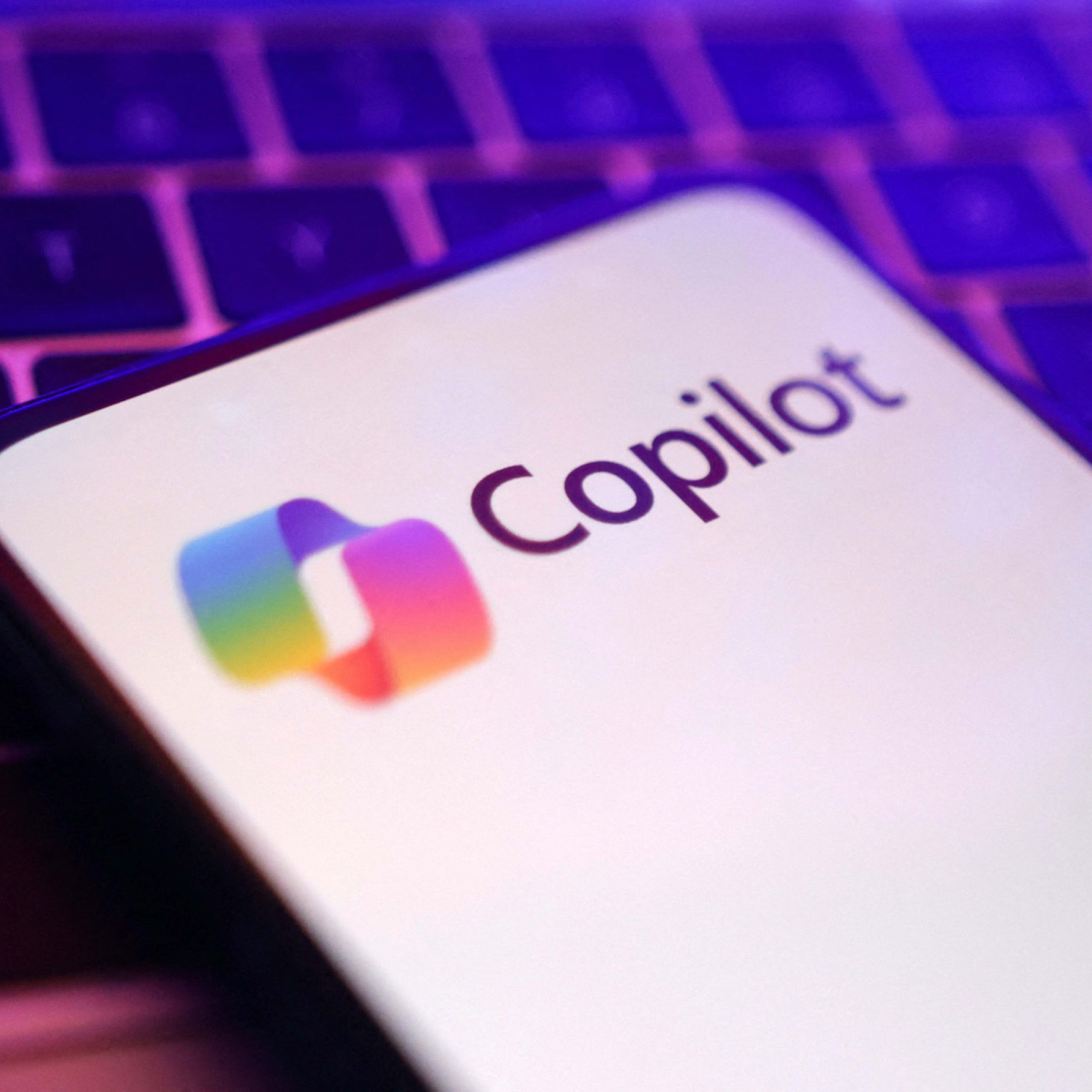In the tapestry of technological innovation, generative AI has woven its transformative threads throughout numerous products, platforms, and popular culture. From companies like Microsoft, Adobe, and GitHub embedding AI in their offerings to startups raising staggering funds for AI exploration, the influence and integration of this technology is undeniable. Yet, beneath the glitz of memes and AI-driven creations, a persistent legal shadow lurks.
Central to this dilemma is a deceptively simple question: Is training these sophisticated AI models using copyright-protected data permissible under the law? As the boundaries between AI-generated content and human creativity blur, this question challenges the technological status quo and ventures deep into the realms of ethics, rights, and the very nature of innovation. What are the legal guidelines for AI training? The answers seem to require more complex preparations.
The Output Question: Can You Copyright What an AI Model Creates?
Amidst the dazzling advancements of AI lies a pressing problem: if an AI model creates something, who, if anyone, holds the rights to that creation? The boundaries of what defines ‘creation’ are being stretched in this digital age, and with it, the traditional understanding of copyright.
In the United States, the foundational principle of copyright hinges on human creativity. Current interpretations suggest that works generated solely by machines cannot be copyrighted. This standpoint stems from a belief that for a creation to be protected, it must come from human intellect, nuance, and emotion — attributes machines don’t inherently possess.
Highlighting the complexities of this debate was the landmark case of the graphic novel “Zarya of the Dawn.” Initially, the U.S. Copyright Office granted the work copyright protection, only to later rescind parts of it. The reason? The images, though impressive, were AI-generated from text prompts, thereby lacking the ‘human touch’ essential for copyright. While the text and arrangement retained protection, the images were a testament to the blurred lines between machine and human creation.
Internationally, the narrative diverges. European Union countries generally lean towards requiring human intervention for copyright protection, though what constitutes ‘substantial’ human input remains a topic of debate. The UK, on the other hand, is a trailblazer in this area. It stands out as one of the few nations that offer copyright for works generated solely by a machine. However, the protection isn’t attributed to the machine but to the person who made the ‘arrangements’ to create the work. This provision introduces its ambiguities, such as identifying who this “person” is: the developer of the AI model or its user.
The evolving landscape of copyright in the AI realm has significant repercussions. For artists and creators, there’s a looming fear of machines replicating or overshadowing their unique styles, potentially diluting their market value. For AI developers and companies, the uncertain terrain means navigating a minefield of potential legal challenges, even as they push the boundaries of what AI can achieve.
As AI continues to evolve and create, the quintessential question of copyright remains: where does the machine end and human creativity begin?
The Input Question: Can You Use Copyright-Protected Data to Train AI Models?
As generative AI continues to craft content that eerily mirrors human creativity, a foundational concern emerges: the legitimacy of the data that fuels these AI models. In a world where data is ubiquitously accessible, how much of it is fair game for AI training?
The burgeoning AI landscape has seen a pattern – models are often trained on massive datasets, frequently procured from the vast expanse of the web. From personal blogs to prominent art platforms, countless pieces of content are scraped, often without explicit permission from the original creators.
Many AI researchers and companies anchor their actions to the “fair use” doctrine to defend this broad-scale data extraction. Rooted in U.S. copyright law, “fair use” is a defense that permits limited use of copyrighted material without acquiring permission from the rights holders. The argument is that using the data promotes freedom of expression and innovation. However, “fair use” isn’t a one-size-fits-all defense. It hinges on factors like the transformative nature of the use and its impact on the original creator’s market.
A nuanced aspect of this debate lies in distinguishing between training an AI model and generating content using that model. Training might be perceived as a transformative process, altering the original data into a new form (the AI model). However, when that trained model is used to generate content, especially content that closely mirrors copyrighted work, the waters of legality become murky.
The challenges faced by AI training resonate with past dilemmas, notably the era of music piracy. Platforms like Napster thrived on copyright infringement until legal challenges gave rise to more compliant successors like Spotify. While complex, this transition from unregulated to regulated offers hope for AI’s copyright conundrum.
Anticipating potential legal quagmires, some in the AI industry have evolved their strategies. A notable adaptation is “AI data laundering,” where data collection and model training are outsourced to third-party academics, providing a buffer against direct legal implications. By distancing themselves from the immediate data collection process, companies hope to sidestep potential pitfalls.
Finding Common Ground: Artists and AI Companies
A paramount need arises in the evolving saga of AI and copyright: finding common ground. As artists grapple with the perceived dilution of their creativity and AI companies push the boundaries of technological innovation, we must carve a path to reconciliation. Balancing the rights of creators with the promise of AI is straightforward, but potential solutions beckon.
Central to the discussion is the question of monetary compensation. Licensing the data and compensating its original creators could offer a way forward. By formally acquiring rights to use data, AI companies can ensure legal compliance while artists and creators can monetize their work, thus fostering a symbiotic relationship. However, the feasibility of licensing vast amounts of data remains a concern for many in the industry.
History often serves as our best teacher. The music industry’s journey from the Wild West of Napster’s piracy to Spotify’s regulated streaming model provides valuable insights. The music domain has found a balance between access and compensation through legal challenges, stakeholder dialogues, and industry-wide collaborations. This transition underscores the possibility of coexistence between innovation and copyright, even in seemingly impossible situations.
Beyond licensing, technological solutions can also bridge the divide. Meta-tagging, for instance, allows artists to label their work, signaling to AI researchers whether they can use it for training purposes. Opt-out systems empower creators by granting them agency over their work usage. Additionally, creating databases explicitly meant for AI training, devoid of copyright restrictions, can circumvent potential legal pitfalls entirely.
Reconciliation is not a solitary journey. It demands dialogue, understanding, and collaboration. AI companies, artists, and other stakeholders must come together to voice concerns, share perspectives, and co-create solutions. A holistic solution that respects all parties’ rights can emerge through collaborative forums and open communication channels.
The quest for reconciliation underscores a fundamental truth: technology and creativity are not adversaries but potential allies. By forging partnerships built on respect, understanding, and shared vision, the AI landscape can thrive while ensuring that the essence of human creativity remains sacrosanct.
What Happens Next? The Future Landscape
As generative AI continues to shape the contours of creativity and commerce, its trajectory remains intertwined with looming legal uncertainties. Today’s questions set the stage for tomorrow’s confrontations, collaborations, and conventions. What can we anticipate in this code, creativity, and copyright drama?
- The Posturing of AI Companies and Copyright Holders
The horizon is awash with both anticipation and apprehension. On one end, AI companies, buoyed by their technological successes, assert the legality of their actions, often with a hint of defiance. Conversely, copyright holders, protective of their intellectual property, tentatively stake their claims, wary of being the first to wade into uncharted legal waters.
- Early Legal Challenges: The Case against Microsoft, GitHub, and OpenAI
The first ripples of disruption have already surfaced. In a precedent-setting move, a proposed class action lawsuit against tech giants Microsoft, GitHub, and OpenAI. At the heart of this dispute is the alleged reproduction of open-source code by the AI coding assistant, Copilot, without adhering to the requisite licenses. While the outcome remains uncertain, the case symbolizes the legal quagmires awaiting the AI domain.
- Predictions for Future Lawsuits and the Potential Domino Effect
As the AI realm grapples with its first legal challenges, experts anticipate a cascade of lawsuits soon. A single successful legal challenge could act as a catalyst, encouraging others to come forward and igniting a domino effect of litigation.
- The Challenges of Mounting Legal Actions: Costs, Resources, and Uncertainty
However, initiating legal action has its challenges. The financial burden of litigation, the time investment, and the unpredictability of outcomes deter many potential claimants. Artists and individual creators, in particular, often lack the resources to challenge tech behemoths, underscoring the inherent power imbalances in play.
- The Potential for Regulatory Interventions and Industry-led Solutions
Amid the legal tumult, there’s a palpable need for structured interventions. Regulatory bodies could step in, crafting guidelines that delineate the permissible boundaries of AI training. Concurrently, industry stakeholders could spearhead collaborative solutions, fostering an environment where innovation thrives alongside respect for intellectual property.
Conclusion
The interplay between generative AI and copyright embodies the broader tension between rapid technological advancement and the foundational principles that govern creativity and intellectual property. As we stand at the crossroads of innovation and copyright, the challenges ahead are as much about forging new legal pathways as they are about redefining our understanding of creativity, ownership, and collaboration in the digital age.
While the road ahead is uncertain, it offers a unique opportunity. By fostering dialogue, exploring collaborative solutions, and respecting the sanctity of human creativity, we can sculpt a future where technology amplifies human potential rather than undermining it. The dance between AI and artistry has just begun, and its choreography will shape tomorrow’s cultural and creative landscapes.





